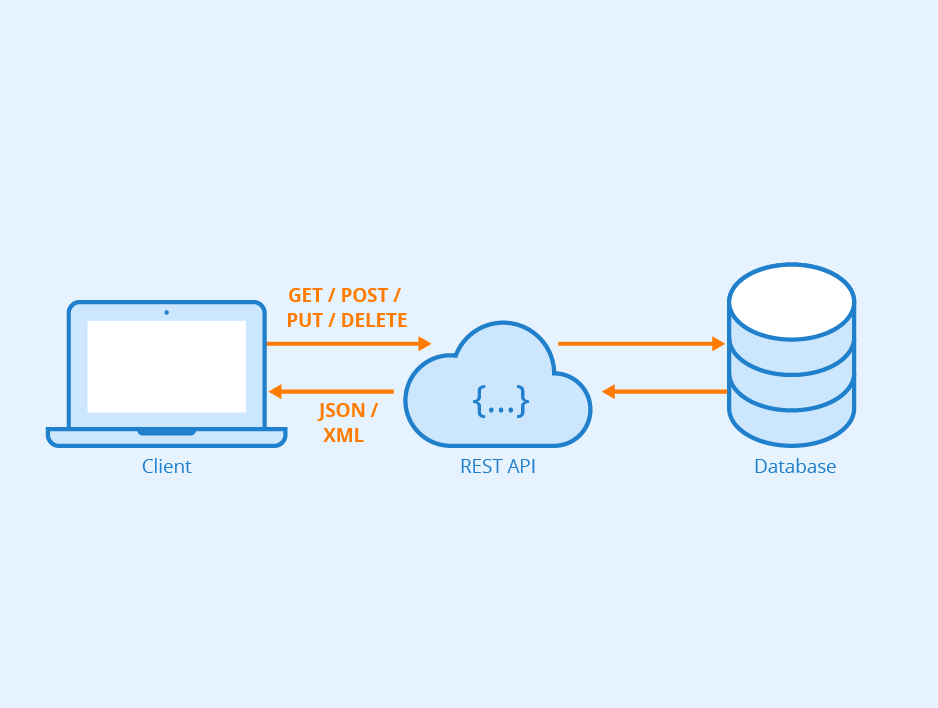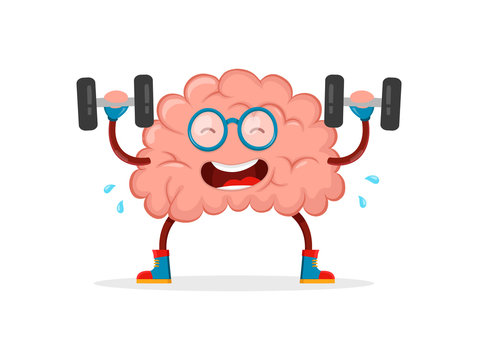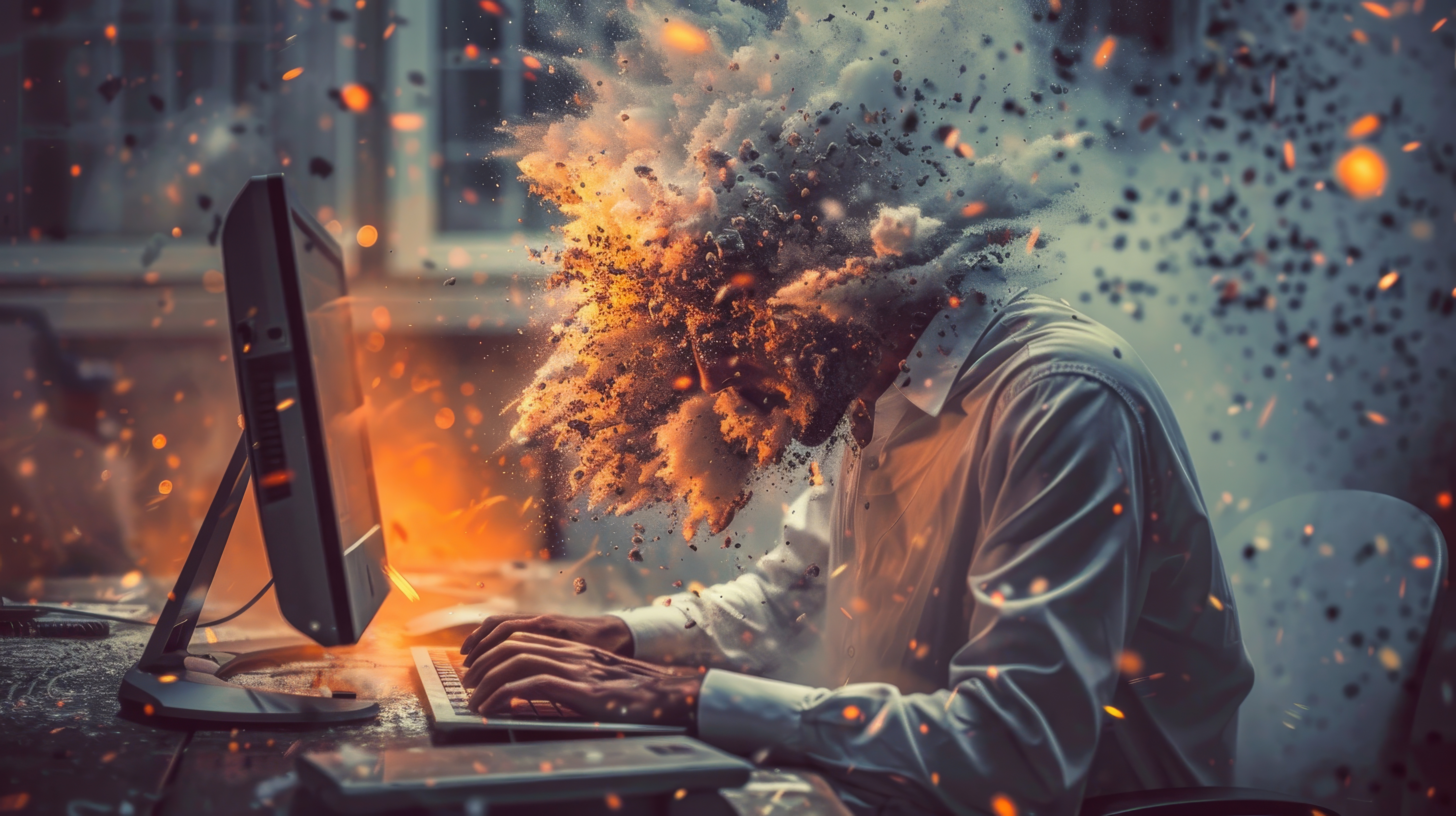In our ongoing series on the Back-End Stack, we've explored various aspects of backend development, including databases and server architecture. This blog focuses on a crucial component of modern web development: Web Services. Whether you're building complex enterprise solutions or simple web applications, understanding web services is vital for creating scalable and interoperable systems.
What Are Web Services?
Web services are standardized ways to enable communication between different software applications over the web. They provide a common platform that allows applications built on various programming languages and platforms to interact with each other, exchanging data seamlessly. Web services are a core element of the service-oriented architecture (SOA), enabling distributed computing.
In simple terms, a web service is a medium that facilitates communication between a client and a server application over the World Wide Web. It leverages open standards like XML, SOAP, and HTTP to ensure interoperability between diverse systems.
Key Web Services Technologies
Several key technologies enable web services, each with its unique features and use cases:
1. WSDL (Web Services Description Language)
WSDL is an XML-based language used for describing the functionalities offered by a web service. Jointly developed by Microsoft and IBM, WSDL provides a standard format for detailing the methods and parameters that a web service exposes.
- Definitions: WSDL uses XML to define the data types and messages supported by the web service.
- Operations: WSDL specifies operations, which are actions that can be performed by the web service. These operations include:
- One-way: A message is sent without expecting a response.
- Request/response: The client sends a message and awaits a reply.
- Solicit-response: The service requests a response from the client.
- Notification: A message is sent to multiple recipients.
- Service Bindings: This element connects port types to a specific network address, enabling the actual communication.
2. SOAP (Simple Object Access Protocol)
SOAP is a protocol for exchanging structured information in the implementation of web services. SOAP relies on XML for its message format and usually HTTP or SMTP for message negotiation and transmission.
- Advantages: SOAP is platform-independent and language-agnostic, making it suitable for cross-platform communication. It also has built-in error handling and supports WS-Security for secure communication.
- Disadvantages: SOAP can be slower than other protocols due to its reliance on XML, which is verbose and requires significant processing power. It also demands strict adherence to standards, which can make development more complex.
3. UDDI (Universal Description, Discovery, and Integration)
UDDI is an XML-based standard for publishing and discovering web services. It acts as a directory service where businesses can register and search for web services. UDDI plays a crucial role in the implementation of service-oriented architecture (SOA) by providing a platform for discovering and integrating services.
- White Pages: Basic information like company name, contact details, and unique identifiers.
- Yellow Pages: Detailed business data categorized by industry or service type.
- Green Pages: Information on the technical aspects of the service, including supported platforms and protocols.
4. REST (Representational State Transfer)
REST is an architectural style rather than a protocol, widely used for building scalable web services. RESTful web services use standard HTTP methods such as GET, POST, PUT, and DELETE to perform CRUD (Create, Read, Update, Delete) operations.
- Advantages: REST is lightweight, stateless, and easy to implement, making it a popular choice for modern web APIs. It supports multiple data formats, including JSON, XML, HTML, and plain text, which enhances flexibility.
- Disadvantages: REST lacks the formal standards of SOAP, which can lead to inconsistencies in API design and implementation.

Developing APIs: Best Practices
Creating effective and secure APIs requires careful planning and adherence to best practices. Here are some key considerations:
-
Understand Application Requirements: Start by analyzing the needs of your application. This will guide the design of your API, ensuring it meets both current and future requirements.
-
Follow API Standards: Adhering to standards like those provided by JSONAPI.org helps create consistent and understandable APIs. If necessary, develop your own documentation standards to ensure clarity.
-
Prioritize Security: Security should be a top priority when developing APIs. Implement authorization mechanisms like OAuth tokens or API keys to protect your endpoints from unauthorized access.
-
Implement Proper Error Handling: Clear and consistent error messages, along with appropriate HTTP status codes, make debugging easier for developers who use your API.
-
Practice and Iteration: Building APIs is a skill that improves with practice. Regularly developing and refining your APIs will lead to more efficient and optimized services.

Conclusion
In today's development landscape, RESTful APIs have become the standard due to their simplicity, speed, and flexibility. While SOAP and other protocols still have their place, especially in enterprise environments requiring high security and reliability, REST is often the preferred choice for new projects. Frameworks like Laravel, Django, and Express offer robust tools for building web services, but the key is to choose the right tool for your specific application and to anticipate potential challenges.
By understanding the fundamentals of web services and following best practices in API development, you can create scalable, secure, and maintainable applications that meet the needs of users and developers alike. As you continue to build your backend expertise, remember that the choice of web service technology should align with the goals and requirements of your project.



























